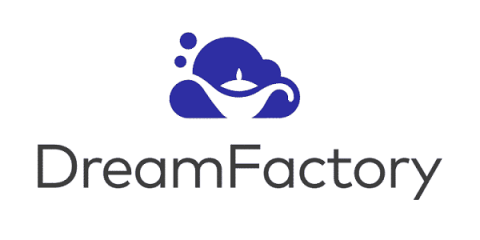Systems | Development | Analytics | API | Testing
Cloud
How To Extract Data From AWS Redshift Through SQL With Ease
What Is the Difference Between AWS Redshift and RDS?
Cloud Management for the Modern Workload
The road to the data-driven enterprise is not for the faint of heart. The continuous waves of data pounding into ever-complex hybrid multicloud environments only compound the ongoing challenges of management, governance, security, skills, and rising costs, to name a few. But Hitachi Vantara has developed a path forward that combines cloud-ready infrastructure, cloud consulting and managed services to optimize applications for resiliency and performance, and automated dataops innovations.
Building a Flexible Hybrid Cloud for Today and Tomorrow
Although many enterprises are at varying stages in their cloud journeys, most are adopting distributed mixes of on-premises and public cloud environments in order to maintain certain data and applications close by, while making others more accessible and available online. With such distributed cloud networks, core tenants of the enterprise, such as management, scalability and security, become increasingly challenging. There is a path forward, however.
Unlocking New Revenue Models in the Data Cloud
Today’s applications run on data. Customers value applications not only for the functionality they provide, but also for the data itself. It may sound obvious, but without data, apps would provide little to no value for customers. And the data contained in these applications can often provide value beyond what the app itself delivers. This begs the question: Could your customers be getting more value out of your application data?
Rebranding DevOps as Cloud Engineering
In this episode of Kongcast, Matt Stratton, a staff developer advocate at Pulumi, explains the history of configuration automation, the world of cloud engineering and how it compares to DevOps. Check out the transcript and video from our conversation below, and be sure to subscribe to get email alerts for the latest new episodes. Viktor: So before we jump to this one, tell us a bit about yourself. Matt: I spent about two decades working in traditional technology operations. I was a sysadmin.







